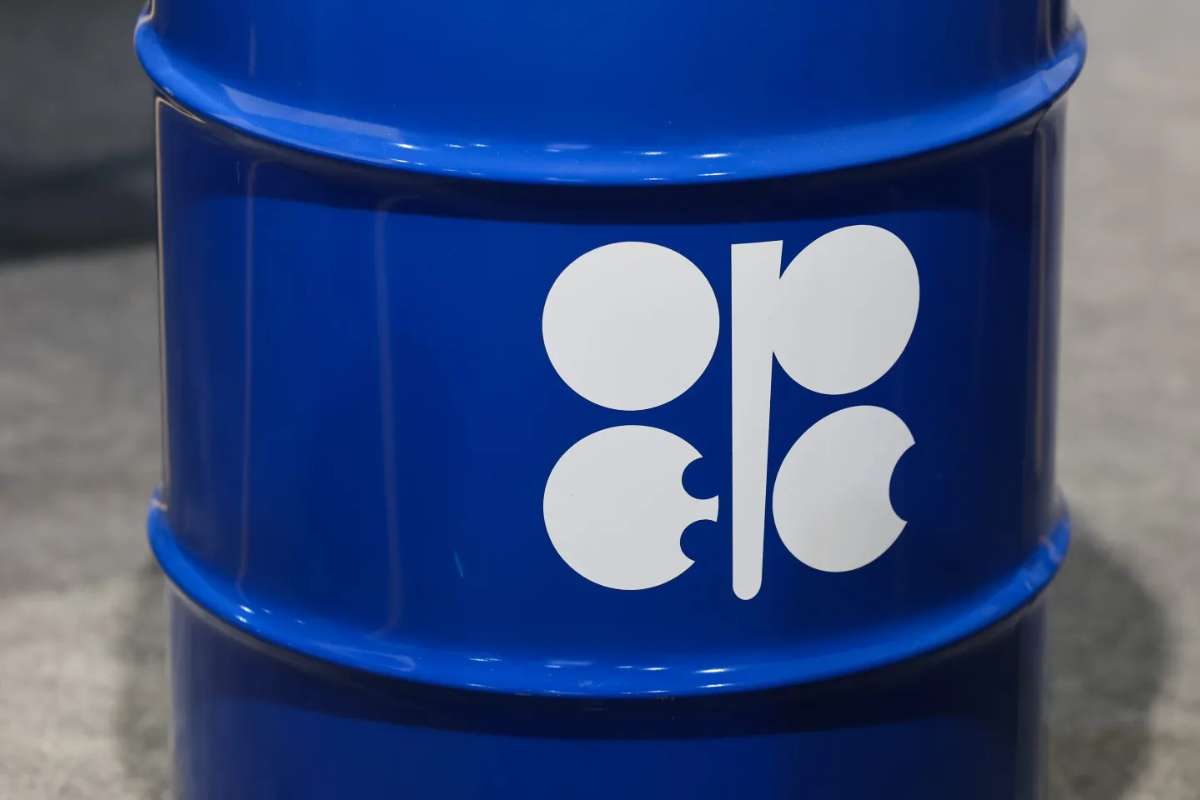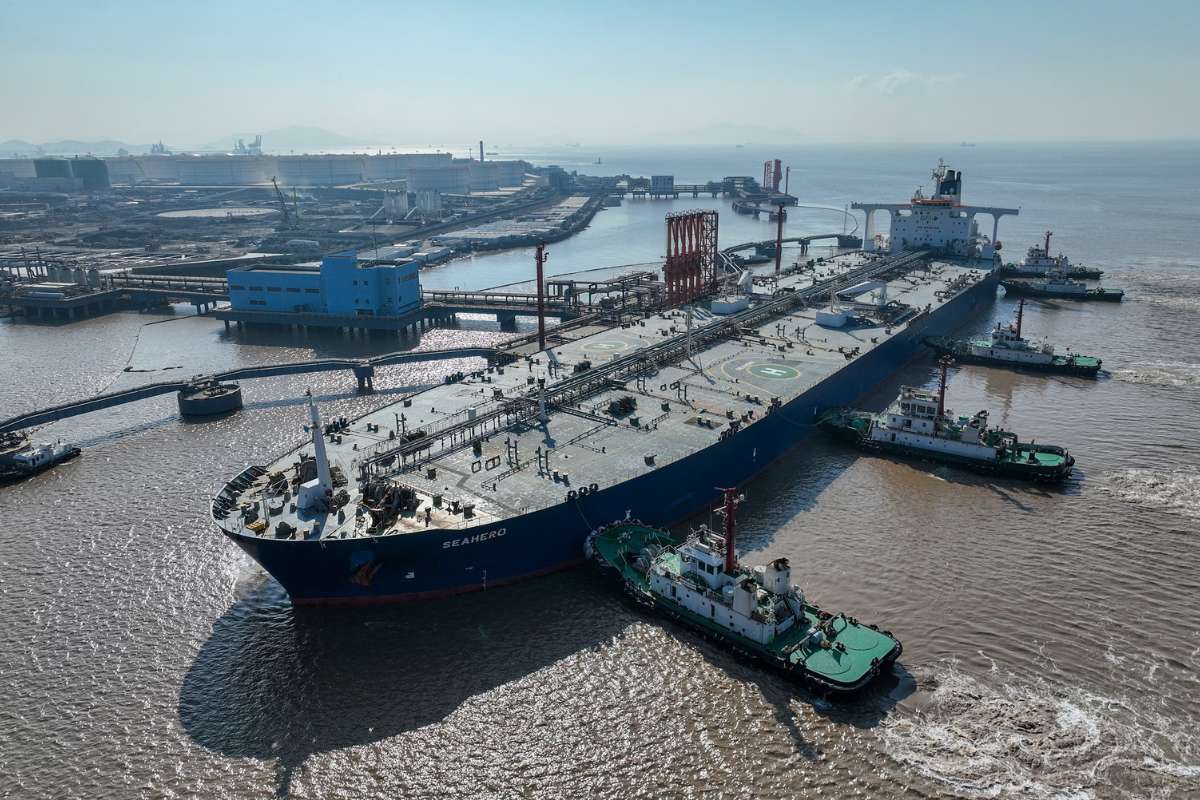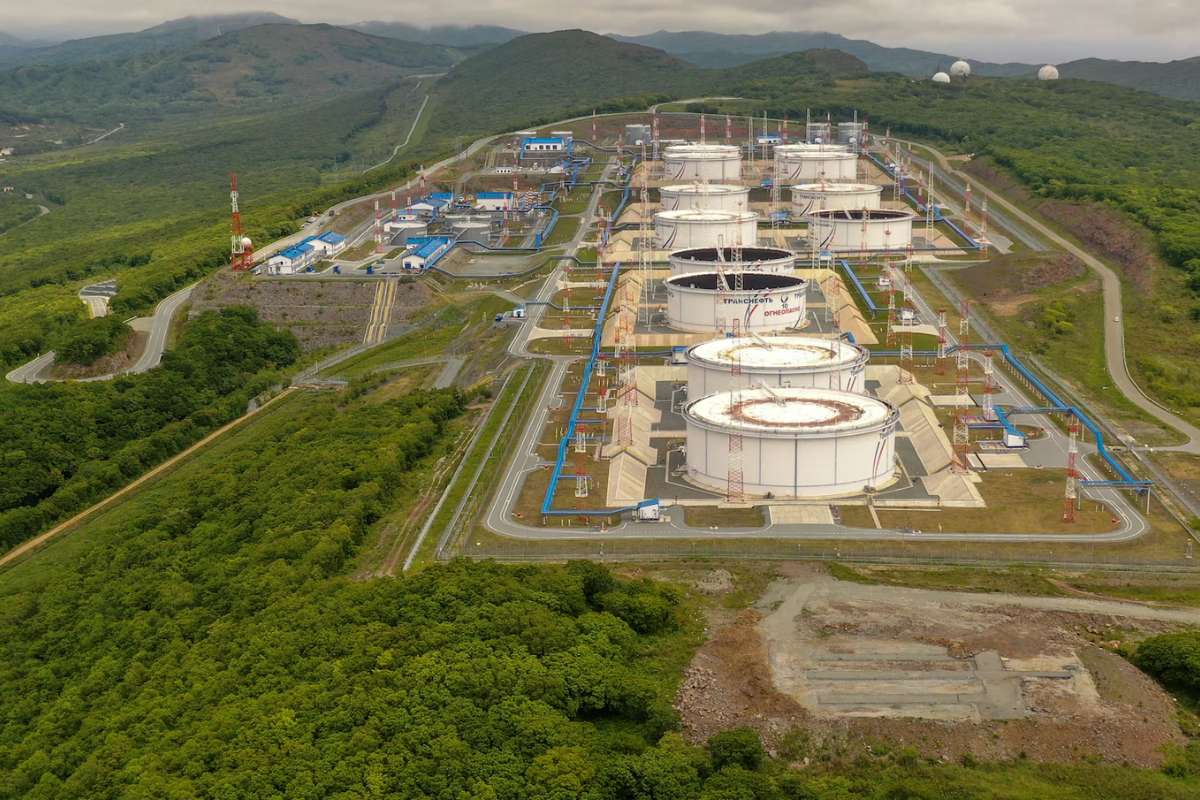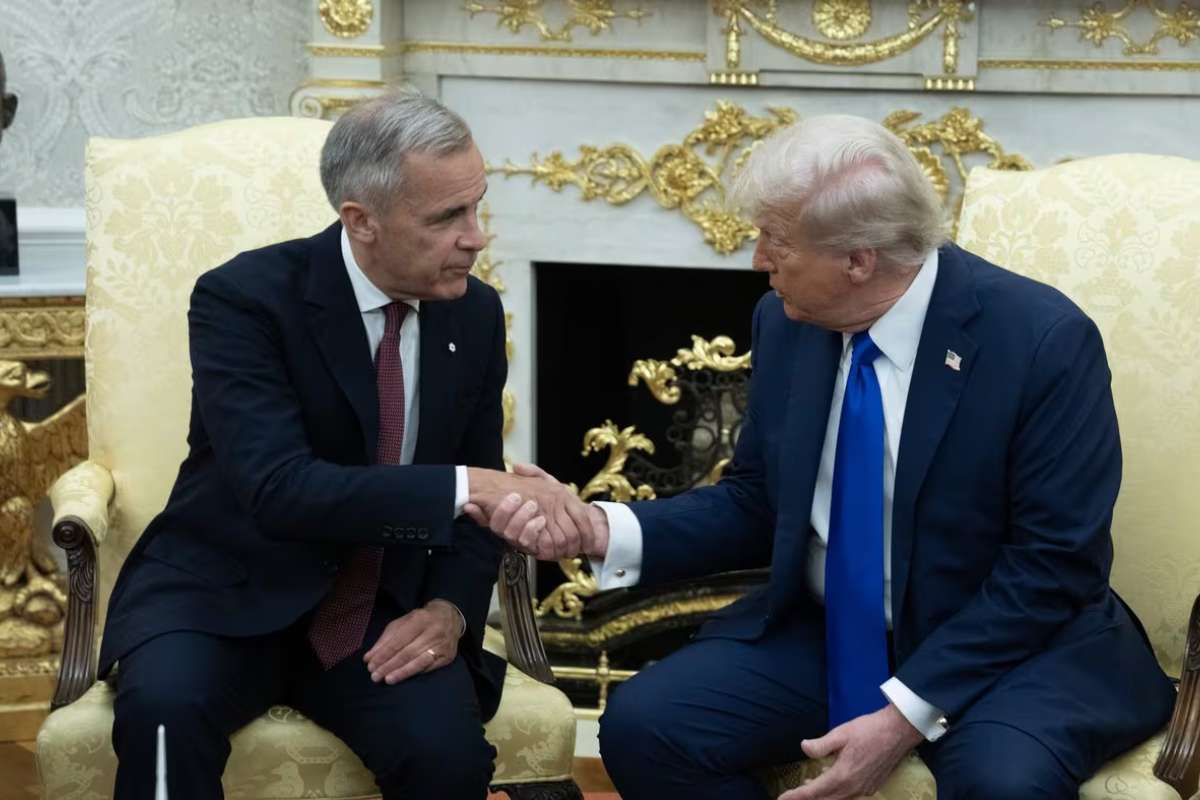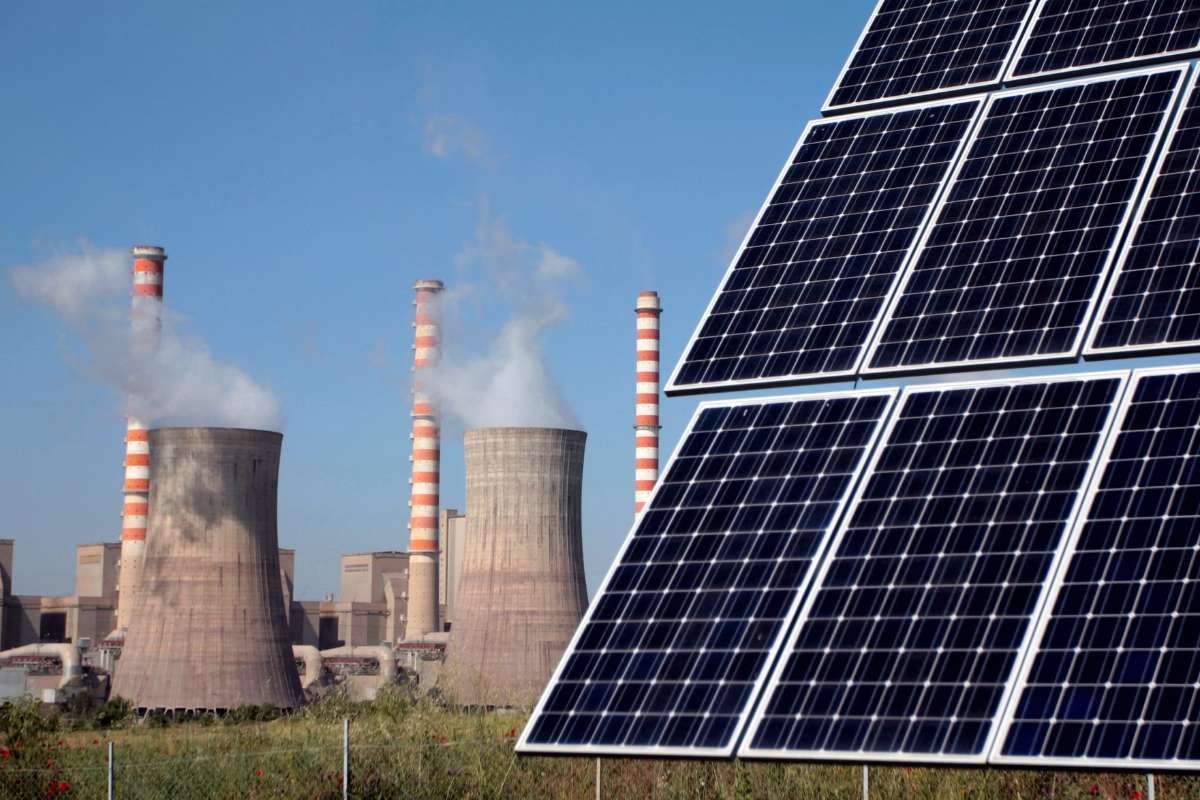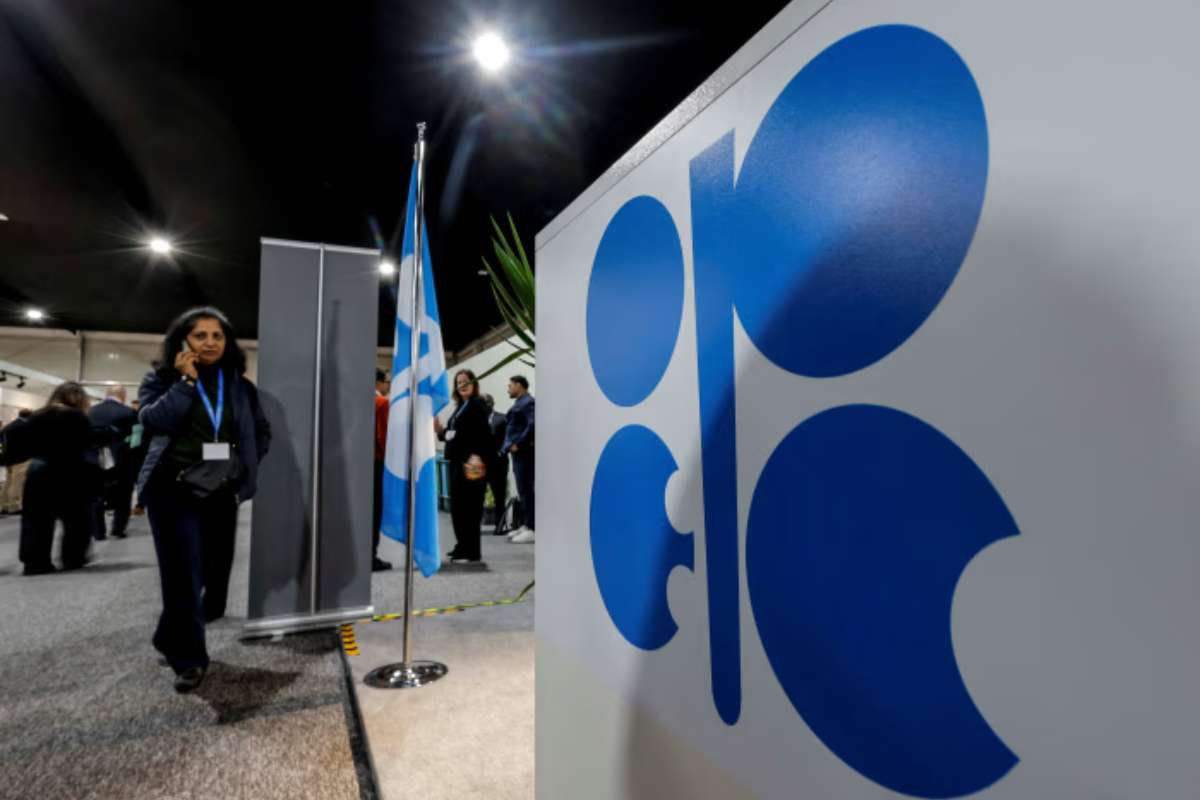Oil prices fell on Sept. 30 as expectations grew that the Organization of the Petroleum Exporting Countries and its allies (OPEC+) may raise production again in November. The move tempered last week’s rally and shifted market sentiment toward concerns of oversupply.
Prices record sharp decline
West Texas Intermediate slid 3.4% to settle near $63 a barrel, marking its steepest one-day fall since June. Brent crude also declined, closing below $70. The drop followed reports that the OPEC+ signals alliance, led by Saudi Arabia, is considering a production increase of at least 137,000 barrels a day, matching the scheduled October hike.
Analysts said the potential increase could pressure prices further. “We view a repeat of the incremental 137,000-barrel-a-day addition for November as the most likely outcome,” RBC Capital Markets analysts including Helima Croft wrote in a note ahead of the group’s Oct. 5 meeting.
Supply capacity in focus
While a production boost could help OPEC+ signals maintain market share, it also highlights the capacity limits faced by several members. Excluding Saudi Arabia, many producers have already reached their output ceilings, suggesting future increases may be smaller than headline figures.
The market remains supported by stockpiling demand from China and geopolitical risks, particularly threats to Russian energy infrastructure. Still, analysts noted that recent gains left oil vulnerable to a pullback, especially after traders unwound long positions last week.
Ole Hansen, head of commodities strategy at Saxo Bank, said forecasts point to weaker prices ahead. “The major forecasters are still looking for price weakness in the coming months, and as long as the Russia focus does not turn into an actual disruption of supply, traders will struggle to build a bullish narrative,” he said.
Global outlook and regional developments
The International Energy Agency has projected a record oversupply in 2026 as OPEC+ signals revives production alongside rising output from competitors. Goldman Sachs has forecast Brent crude falling to the mid-$50s next year, despite continued Chinese stockpiling.
In Iraq, oil flows resumed through a key pipeline linking the country’s northern region to a Turkish export terminal. Exports along the route restarted recently after a halt of more than two years, according to Amer Al-Mehairi, director general of Iraq’s North Oil Co.
Elsewhere, political developments added another layer to market sentiment. U.S. President Donald Trump said Israeli Prime Minister Benjamin Netanyahu agreed to a 20-point plan aimed at halting fighting between Israel and Hamas. A potential resolution to the nearly two-year-long conflict in the Middle East, which supplies about one-third of global oil, could reduce the war-related premium in prices.
Market direction uncertain
Despite the recent slide, crude remains on track for both monthly and quarterly gains. OPEC+ signals strategy appears focused on reclaiming market share rather than price management, leaving traders to weigh the balance between stronger supply and ongoing geopolitical risks.
As markets await the Oct. 5 OPEC+ meeting, analysts said supply policy will remain the key factor shaping near-term price direction.
Visit Oil Gas Energy Magazine for the most recent information.
